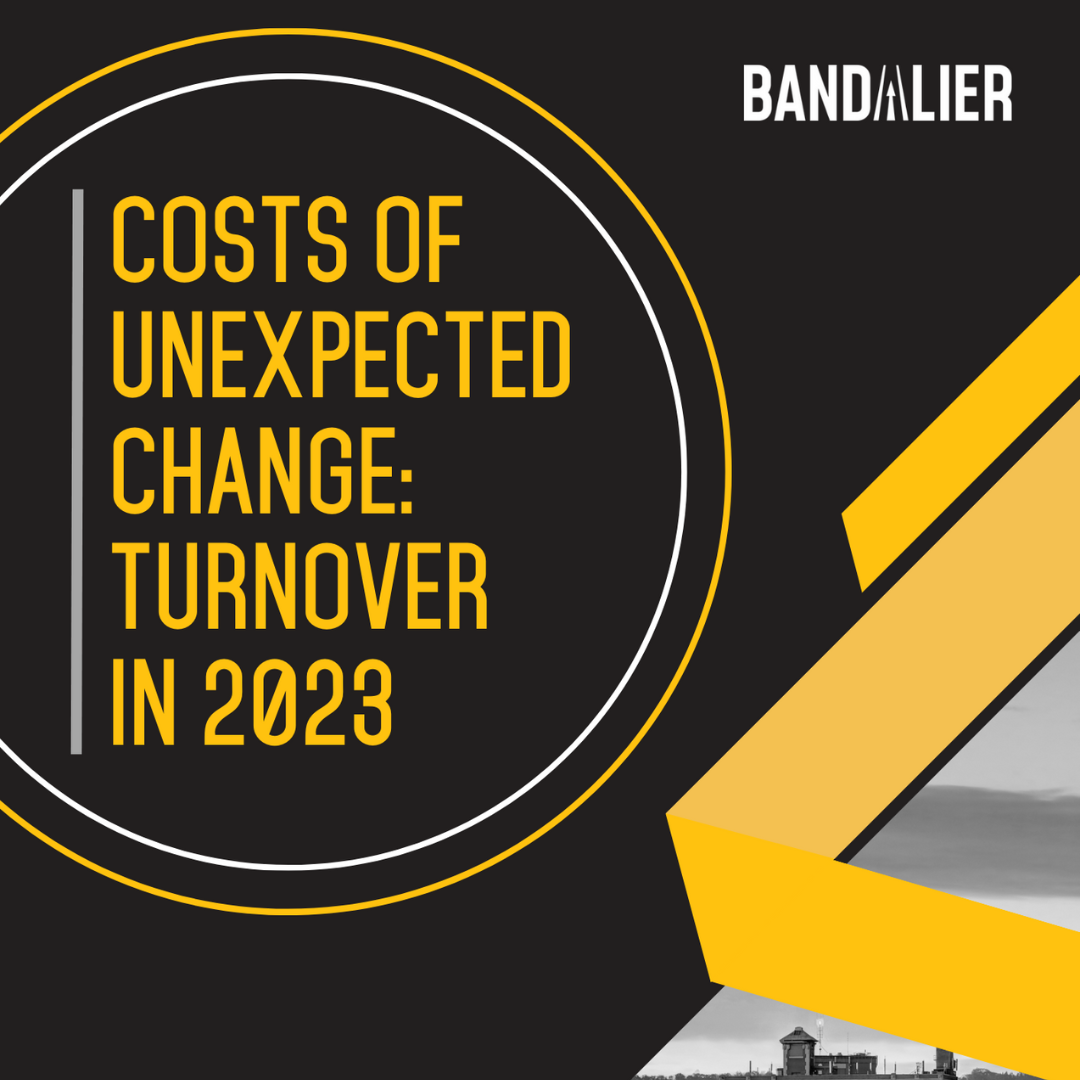In our last post, we focused on some of the reasons it can take a while for outbound sales campaigns to start showing ROI.
A natural question for clients to ask, given these constraints, is how to know when to pull the cord on an outbound SDR program. After all, start-ups are often cash constrained – one of the most important factors in their ultimate success is knowing when to cut off a strategy that isn’t working.
Unfortunately, there’s no perfect science here. But managing three years of outbound campaigns for dozens of SaaS clients has given us some helpful heuristics to look for in the early months of a sales campaign. These are some of the questions we ask (along with related KPIs) that help us understand whether success is going to continue eluding us – or whether it could be right around the corner.
- Are we learning by talking to customers? This sounds fuzzy, but tends to be the best predictor of whether we’ll ultimately be able to see success. A big part of the value of outbound sales programs relative to other channels is the customer feedback loop. If someone doesn’t click on an banner ad, it can be difficult to assess the reasons they aren’t interested. The beauty of outbound sales is that – so long as you’re able to reach decision marks – you can get real-time feedback on messaging and product market fit. If we’re not able to reach significant numbers of prospects within a client’s persona over an extended period of time (say, a few months) after trying multiple channels, that’s usually a sign that we’re not going to be able to generate ROI or reap some of the other less tangible benefits of outbound sales. In those cases, another channel might be a better area of focus. KPIs we look for: what percentage of the time are we reaching decision makers and generating responses vs. an average campaign?
- Does the pain point exist? We generally begin our outbound sales ‘touches’ (calls, e-mails, social media outreach) not by selling anything, but by qualifying pain. “How do you do this thing currently? Out of curiosity, how’s that working out?”. In the case of the vast majority of campaigns we run, our reps can clearly glean early on that a pain point exists in the market: decision makers talk their ears off about how hellish, say, managing budgets in Excel can be. In those cases, our job is just to find the messaging that convinces prospects the product we’re selling can solve for their pain point. There are rare instances, though, in which we’re selling skiing equipment on the beach – that is, we’re selling products to folks that clearly have no pain point that would require it. In those cases, outbound sales will not help solve the distribution problem and can easily become a money pit, since there is no product market fit. KPIs we look for: e-mail reply rates, call length, number of ‘interested, in follow-up’ prospects.
- Are the numbers trending in the right direction, or have we hit a wall? Early results vary massively on sales campaigns. There are cases where we’ll see multiple demos scheduled in the first day of outreach, and other cases where it can take a month or longer. In these latter cases, a big part of what our strategy teams look at is trendlines. Are our DM reach rates improving (that is, are we reaching more decision makers than we were a month ago)? Are calls lasting longer? Are we generating more interest, even if it isn’t yet resulting in meetings being scheduled? Where we’re seeing an uptick, it’s a good sign that tweaks we’re making are having an impact and that we can expect numbers to continue going up. If we’ve hit a wall, on the other hand – that is, if we can’t find any data trending in a positive direction – that’s usually indicative of a campaign that has a structural barrier to success. KPIs we look for: trendlines across all metrics.
- Does this look like other outbound sales campaigns that have seen success? Lastly, and particularly when we’re evaluating a campaign early on, we’ll look for industry comps. Some industries, and in particular certain price points below $10,000 in annual contract value, aren’t a great fit for outbound sales. Are there similar companies selling similarly priced products that have seen success with outbound sales, or that employ a lot of outbound salespeople? If so, that’s a good sign that with more tweaking we can get to an ROI-positive campaign. If the campaign isn’t working and we’re among the only players in an industry to utilize outbound sales, that’s often a good sign that others might have already been down this path and failed.














